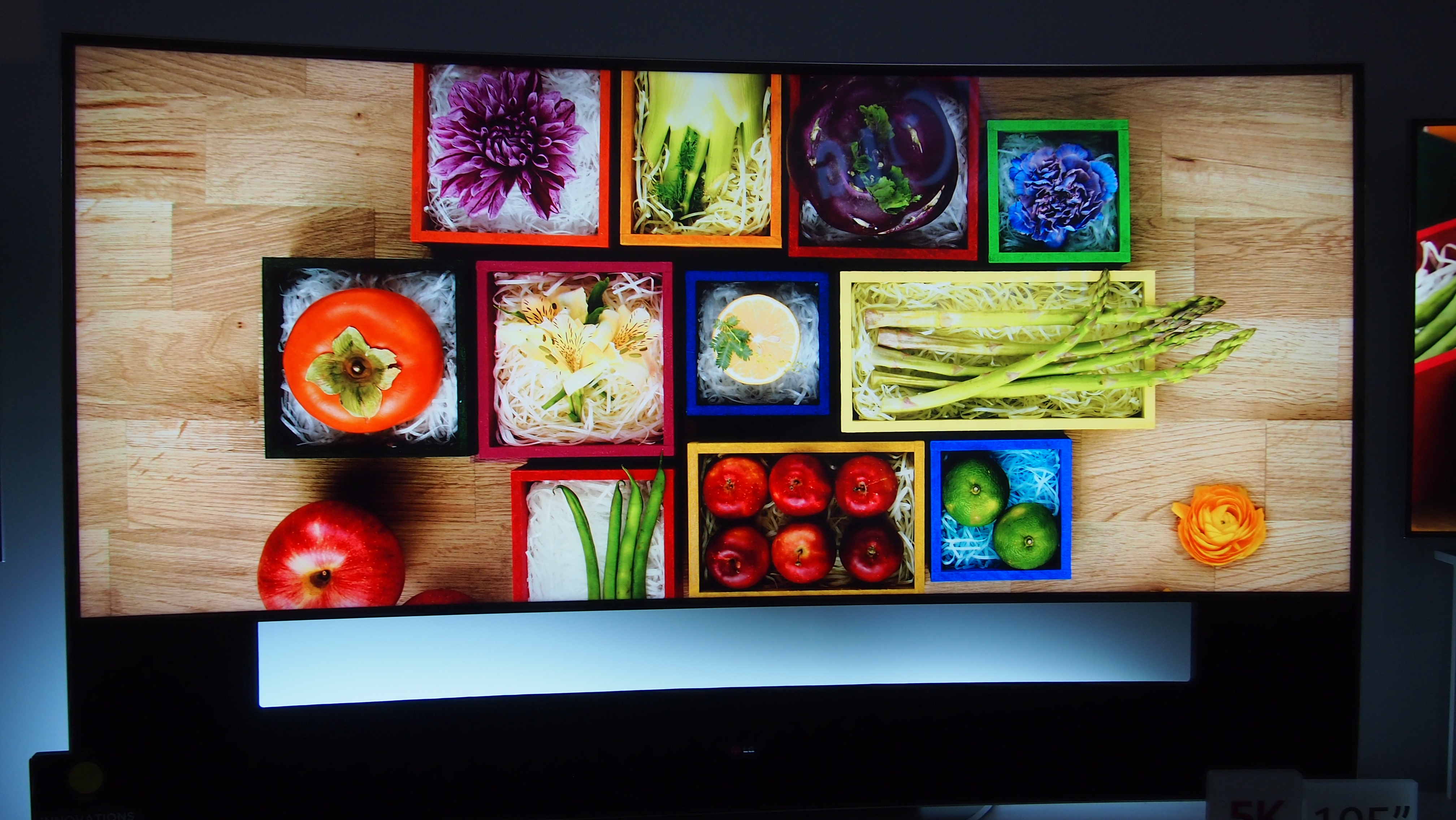LG kicks off the Ultra HD OLED TV revolution with 65-incher
Ultra HD OLEDs are here... but you still can't afford them

Ahead of their showing at IFA 2014 in the first week of September, LG has officially announced the release details of its first two Ultra HD OLED TVs, the 77EG9700 and 65EC9700.
Ultra HD TVs have been as common as bad action movies this summer, but the LG 65EC9700 and 77EG9700 are a bit special. They're not LCD TVs, but the first Ultra HD OLED TVs that you'll actually be able to buy, as a normal, non-famous person.
You will still need a nice and full wallet or purse, though, as they won't come cheap. The 65-inch 65EC9700 is expected to cost around £5999 ($9999), and the 77-inch 77EG9700 around £20k.
The TVs will go on pre-order first in South Korea shortly, before becoming available in the UK and US a little further down the line. We're still waiting on an exact date for the UK.
"I feel confident when I say that 4K OLED is a bona fide game changer," says LG Home Entertainment CEO Hyun-hwoi Ha. However, like previous OLED TVs, it's only going to change the game for a select, flush few.
We should also point out that these TVs are not actually 4K, but Ultra HD. Normal 4K is a broadcast standard of 4096 × 2160, where Ultra HD actually falls slightly below 4000 horizontal pixels with a resolution of 3840 × 2160.
There's a fact tech pedants can annoy friends with.
Get daily insight, inspiration and deals in your inbox
Sign up for breaking news, reviews, opinion, top tech deals, and more.
A brief history of OLED
These TVs further reinforce LG's reputation as one of the pioneers of OLED TVs. Several have been produced, but hardly any have been available to buy.
The LG 55EA980W is the most readily-available OLED TV to date, and these days costs around £3000. It's rather special, offering black levels even plasma TVs can't touch.
Like that TV, the LG 65EC9700 and 77EG9700 adopt a slight screen curvature and use LG's RGBW matrix. Instead of using red, green and blue pixels, the TVs use white pixels and RGB colour filters, designed to combat the OLED deterioration issue that's a real concern with full RGB OLEDs like the Samsung KE55S9C.
Andrew is a freelance journalist and has been writing and editing for some of the UK's top tech and lifestyle publications including TrustedReviews, Stuff, T3, TechRadar, Lifehacker and others.
